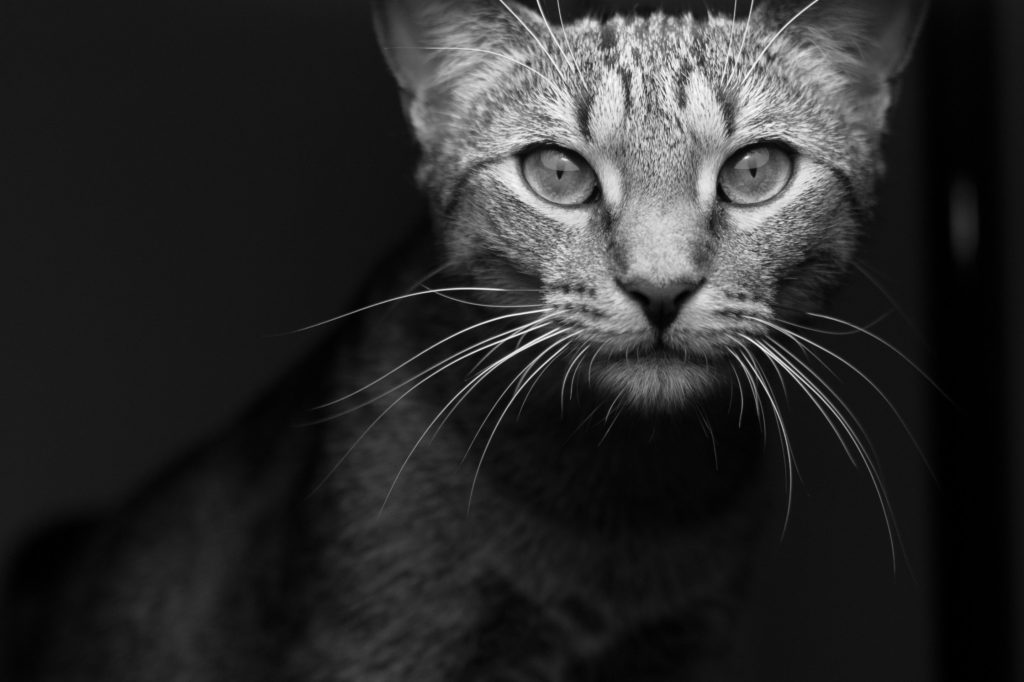Great writers see the world in a different way.
Most writers barely give a thought to how they are experiencing the world. They give even less thought to how they might render their experience in prose or poetry.
But great writers estrange the reader. They make the familiar unfamiliar. They are connected to reality the way that the nerve underlying a freshly excavated tooth might be connected to a severed electrical wire if one were to have a particularly sadistic dentist.
The purpose of art is to impart the sensation of things as they are perceived and not as they are known. The technique of art is to make objects ‘unfamiliar,’ to make forms difficult to increase the difficulty and length of perception because the process of perception is an aesthetic end in itself and must be prolonged. (Viktor Shklovsky, ‘Art as Device’)
Great writers can make the familiar unfamiliar through a variety of ways. Here are three common ways:
- On the level of the word
- On the level of the sentence
- Through the choice of narrator
Who is narrating the work plays a crucial role in the narrative’s ability to estrange the reader.
Try and figure out from the following samples who (or what) is narrating.
Sample #1:
“Gestures are all that I have; sometimes they must be grand in nature. And while I occasionally step over the line and into the world of the melodramatic, it is what I must do in order to communicate clearly and effectively. In order to make my point understood without question. I have no words I can rely on because, much to my dismay, my tongue was designed long and flat and loose, and therefore, is a horribly ineffective tool for pushing food around my mouth while chewing, and an even less effective tool for making clever and complicated polysyllabic sounds that can be linked together to form sentences. And that’s why I’m here now waiting for Denny to come home – he should be here soon – lying on the cool tiles of the kitchen floor in a puddle of my own urine.”
Any guesses? Who is narrating here?
If you guessed the narrator to be a dog, you would be correct.

This is the opening to The Art of Racing in the Rain by Garth Stein, a book told entirely from a dog’s point-of-view.
There are a lot of things going on in this passage, which reveal the importance of seeing things from a different POV.
When you know it’s a dog, suddenly the tone takes on a tragically humorous quality as the formality of the style, the coherence, the intellect present contrasts starkly with the fact that the narrator is lying in a puddle of their own urine.
The importance in communicating from a different perspective also shows just how unique something so ordinary (such as chewing) becomes. Have you really stopped to think about how a dog masticates from an intellectual POV?
Writing Exercise #1
For a great exercise in seeing things from a different point-of-view, try making some literary sketches of life from the POV of different animals. It might sound crazy but imagine how your viewpoint in your own everyday life would shift if you spent time thinking about how one of the following might see the world…
- A praying mantis
- An antelope
- A jellyfish
- A seal
How about another sample? Spoiler: it’s another animal speaking. But what animal?
Sample #2:
“Living as I do with human beings, the more that I observe them, the more I am forced to conclude that they are selfish. Especially those children. I find my bedmates utterly unspeakable. When the fancy takes them, they hang me upside-down, they stuff my face into a paper-bag, they fling me about, they ram me into the kitchen range. Furthermore, if I do commit so much as the smallest mischief, the entire household unites to chase me around and persecute me.”
This narrator is a cat and is the main protagonist of Soseki Natsume’s I Am A Cat.

Seeing things from a different perspective when writing obviously doesn’t mean you have to make all of your characters animals. But you can learn a lot about how changes in perspective can lead to other great literary devices simply by observing the authors that put themselves in someone else’s paws.
Seeing things from a different perspective, estranging the reader, often has a humorous effect as you can see in both samples. This estranging/otherworldly humour is super important for writing great stuff because it’s memorable. And most of the battle as a writer is making sure people pay attention. Once you’ve got their attention, you can start hitting them with observations about everyday life, satirical comments, harsh truths, whatever.
Thinking from a different perspective is all about grabbing the reader’s attention.
Writing Exercise #2
Here’s another exercise. The next line you write, whether it’s the opening to a chapter, a book, or an email, think about how someone else might write that same line.
Take that line and write it from…
- your dog’s POV
- your auntie’s POV
- your most despised celebrity’s POV
- your discarded Saturday night pizza’s POV
If you already have a character in mind when writing a sentence, you can still use this exercise to come up with something more unique. What would your character’s spirit animal say? What would you character say if they were slightly tinged with guilt without knowing why? What would your character say if they had indigestion at that current moment?
Okay, enough talkie. More read-ie. Time for another sample.
Sample #3:
“Through the fence, between the curling flower spaces, I could see them hitting. They were coming toward where the flag was and I went along the fence. Luster was hunting in the grass by the flower tree. They took the flag out, and they were hitting. Then they put the flag back and they went to the table, and he hit and the other hit. Then they went on, and I went along the fence. Luster came away from the flower tree and we went along the fence and they stopped and we stopped and I looked through the fence while Luster was hunting in the grass.
‘Here, caddie.’ He hit. They went away across the pasture. I held to the fence and watched them going away.
‘Listen at you, now.’ Luster said. ‘Ain’t you something, thirty-three years old, going on that way. After I done went all the way to town to buy you that cake. Hush up that moaning. Ain’t you going to help me find that quarter so I can go to the show tonight.’
Where’s the POV coming from here?
If you said this is coming from the mind of a mentally handicapped mute boy, you’d be correct. It’s from The Sound and the Fury by William Faulkner and, like most of his works, is an absolute masterclass in how to write from alternative POVs.

Notice how the POV here has a very direct, super tangible effect on the syntax. The simplicity of it all, the repetition, the pure reporting of facts as though the character is recording the moment like a camcorder. Our only real clues as to exactly what’s going on comes in the form of dialogue, which tells us things about the character that the character themselves may not even be aware of.
Study the work of Faulkner, study Lolita by Nabokov, study The Curious Incident of the Dog in the Night Time by Haddon, and you’ll see just how important it is to switch the POV up in your writing. Change your perspective and suddenly you are able to present the reader with a puzzle: can they trust the narrator and to what extent?
Writing Exercise #3
Make a conscious effort this week to keep your eyes open. Stay attentive to your surroundings. Pretend that you are a camcorder, a blank slate, and you are merely judging the images, sounds, smells that pass in and out of your consciousness.
No judgements. Judgements = cliches and hackneyed expressions. Just pure, unadulterated perception, allowing new thoughts to arise. What if you look at a store front like you’ve never seen it before? What beautiful turns of phrase will tumble out of that head of yours if you take a stroll around your park with your judgement filter turned off?
A great exercise is to go for a walk around your neighbourhood, preferably in a direction you haven’t been before. Just observe. Be a flâneur like Flaubert.
I’ve personally found that downloading and using the 1 Second Every Day app to greatly increase my acuity and attentiveness to life. Try it. Record a second of your life everyday and you will stumble across the remarkable. You will find a new perspective.
What next?
Raphael (the artist, not the turtle) used to find statues around town and sketch them from hundreds of different angles. From ladders looking down, lying on the ground looking up, from left, and from right. After changing your view that many times, in addition to perfecting your skills, you are bound to reveal little gems of perspective. A tug of an angle here that makes one wonder what they’re looking at… A little crevice there that is at once familiar and foreign. Both give way to beauty.

That’s what we’re doing as writers. We’re recording what we see from as many different angles and perspectives as possible. We’re in search of the elusive, the perfect, the flawed, the strange. Anything but the banal.
Once you’ve spent some time looking at the world from different angles, new frames of comparison arise. You start to form wonderful new metaphors that are completely your own.
We’ll talk about how to form unique figurative language soon. But, for now, observe the world through a different lens.